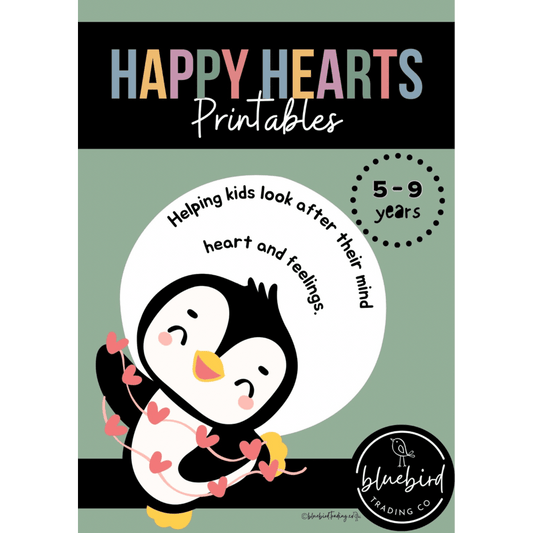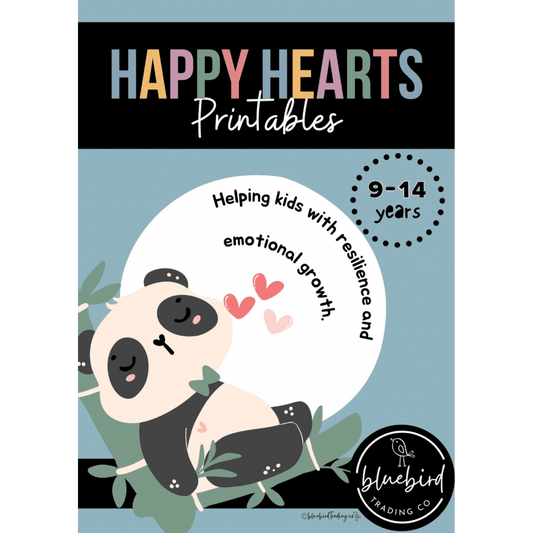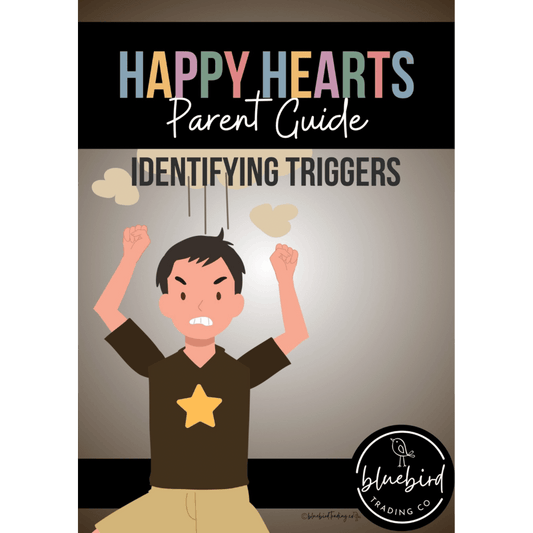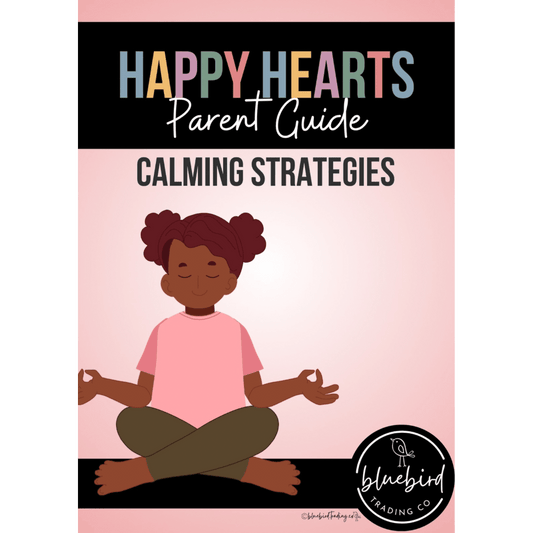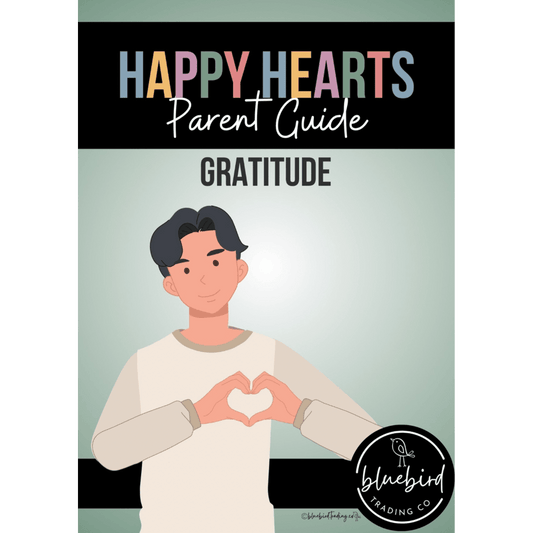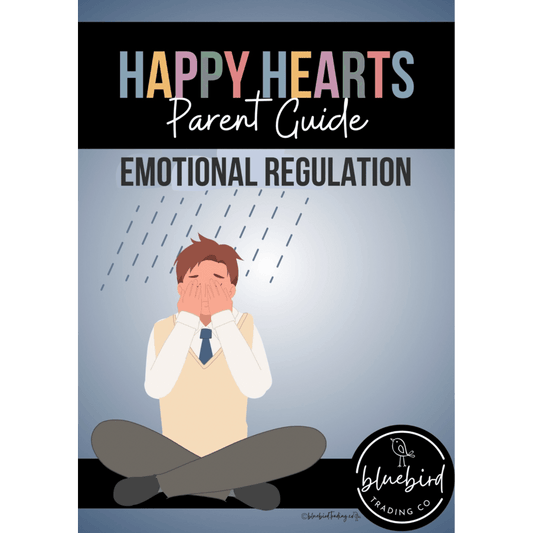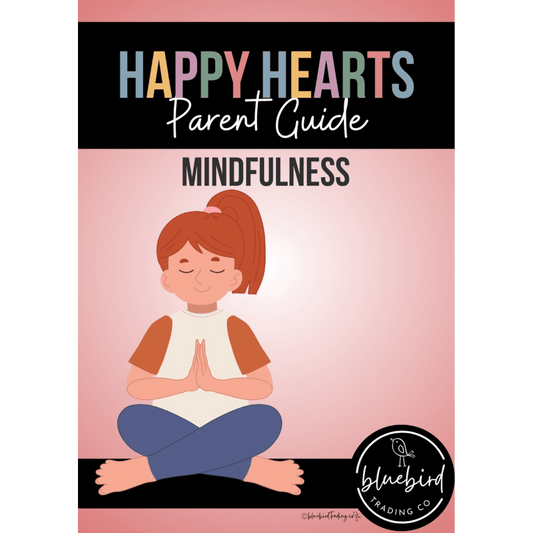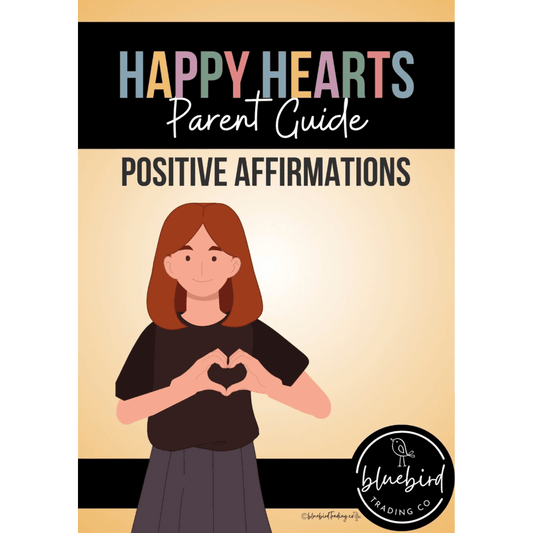How to Build a Calming Corner at Home - on a Budget!

Big feelings need safe spaces - and one of the most effective tools for helping kids regulate emotions is a calming corner. A calming corner is a cozy, quiet spot where children can go to breathe, regroup and use tools to manage their emotions. And the best part? It doesn’t have to cost a thing.
With a few thoughtful touches and everyday materials, you can create a calming space in your home that’s both effective and affordable.
Let’s get started together.
What Is a Calming Corner?
A calming corner is a designated space where your child can go when they feel overwhelmed, frustrated, sad or overstimulated. It’s not a time-out zone or punishment area - it’s a supportive place that promotes emotional awareness and self-regulation.
Step-by-Step: How to Build a Budget-Friendly Calming Corner
1. Pick a Quiet Spot
Choose a low-traffic area in your home - like a corner of the living room, a bedroom nook or under a table. It should feel safe and semi-private, but still within your supervision.
Tip: Use pillows or furniture to define the space if needed.
2. Add Soft, Cozy Items
Look around your home for:
• Cushions or Throw Pillows
• A Soft Blanket or Beanbag
• Stuffed Animals or Plush Toys
Why it helps: Soft textures are comforting and can help soothe the body and brain.
3. Include Printable Visual Tools
Use free or low-cost printable resources to support your child’s emotional awareness:
• Feelings Charts
• Calming Strategy Cards
• Breathing Exercises
• Positive Affirmations
You can grab our Happy Hearts Printable Activities for instant, low-cost tools that are colourful and kid-friendly.
4. Add Sensory Items (Use What You Have!)
Sensory tools help kids redirect energy and emotions. Try:
• A DIY Glitter Jar (just a jar, glitter, water and glue)
• A Squishy Toy or Stress Ball
• Bubble Wrap or Cotton Balls
• A small container of Playdough or Kinetic Sand
• Fidget Spinners or Pop-Its (optional and often already at home)
5. Create a “Calm Down Plan”
Include a simple checklist to help your child follow steps to feel better, such as:
1. Identify the feeling
2. Choose a calming tool
3. Take deep breaths
4. Rejoin when ready
6. Keep It Positive and Empowering
This space should feel safe and supportive - not like a punishment. Encourage your child to use it before a meltdown starts. Celebrate when they make the choice to calm down on their own.
Tips for Success
• Involve your child in creating the space - they’re more likely to use it!
• Rotate calming tools so the space feels fresh and engaging.
• Practice using the space when your child is calm, so it becomes familiar and safe.
Calm Starts at Home
Teaching emotional regulation doesn’t require fancy gadgets or expensive gear. With a little creativity and a lot of heart, you can build a calming corner that gives your child the space and tools to feel safe, supported and in control of their emotions.
Want a ready-made set of tools?
Download our Happy Hearts Printable Activities with posters, breathing visuals and calming activities - all designed for kids and parents.

